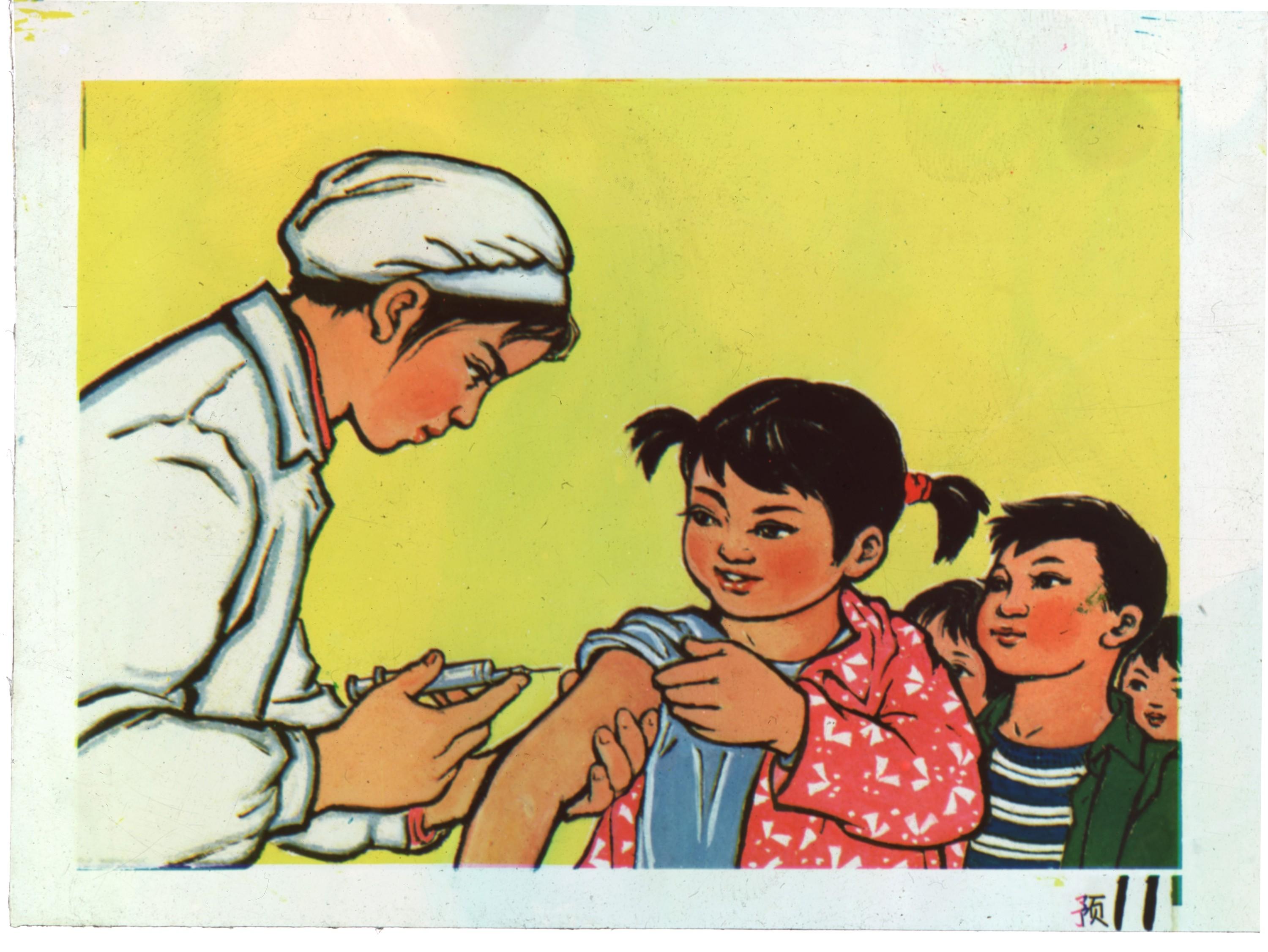Reading China’s Mao-era Public Health after Zero-COVID
Epidemic States
—
Received: 25 April 2022; Accepted: 6 January 2023; Published: 26 April 2023
public health, vaccines, epidemics,
Hukou
https://doi.org/10.17157/mat.10.1.7123
Abstract
This Review essay discusses three recent historical works about Mao-era public health, dealing with mass vaccination, anti-parasitic disease campaigns, and cholera epidemic response. The review identifies two key themes that cross-cut these works: the importance of pharmaceutical technology within the Mao-era, despite common assumptions that science and technology were repressed or declined during this period; and how new administrative reforms that reordered Chinese society after the Communist Revolution intersected with public health governance. Tracing how Maoist forms of state governance emerged in and through the response to epidemic disease, the review essay suggests that we can also examine China’s COVID-19 response as a crucible for implementing new forms of governing.
